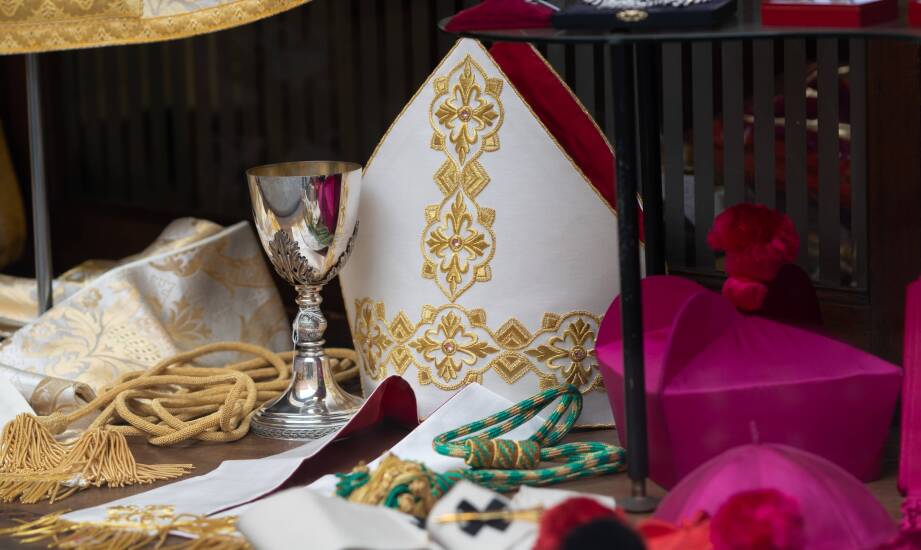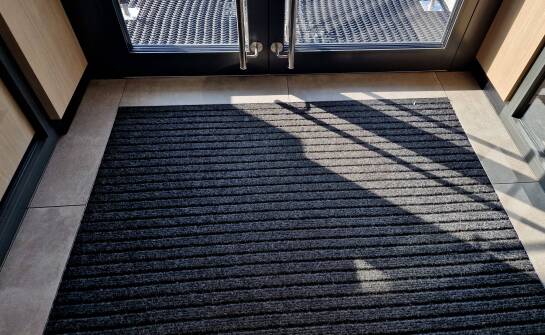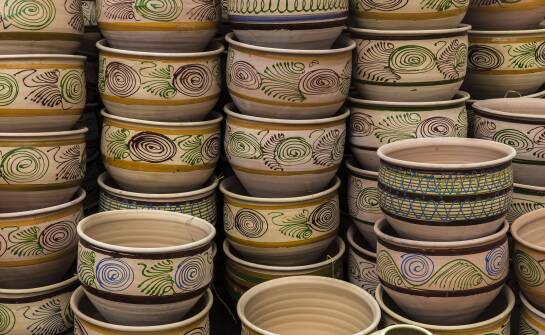Sponsored article
Comparison of Mitre Styles: Gothic vs. Modern Approach

The mitre has been one of the most important episcopal insignia for centuries, carrying both rich symbolism and artistic beauty. Its form and adornments reflect not only liturgical rank but also the era in which it was created. Today, in the Church, we find both mitres inspired by the Gothic style, full of historical majesty, and modern designs that emphasize lightness and functionality. Comparing these two approaches allows us to understand how tradition and modernity intersect in liturgical art, creating a space where beauty and practicality are intertwined.
Gothic Style – Tradition and Symbolism
The Gothic-style mitres epitomize ancient liturgical art, drawing from the richness of medieval and Renaissance forms. It is characterized by high, slender peaks that emphasize the hierarchical nature of the bishop and visually "elevate" the entire figure. The adornments are rich and full of symbolism: embroideries depict plant motifs, crosses, heraldic shields, or biblical scenes, while the fabrics – often brocades and silks – add to the majesty. In Gothic mitres, gold and silver prevail, symbolizing divine light, and the long lappets (ribbons at the back) convey a traditional message of spiritual authority and communion with the Church. This style is particularly valued in solemn celebrations where the emphasis is on the gravity and historical continuity of the liturgy.
Modern Mitres – Functionality and Simplicity of Form
The modern approach to mitre design emphasizes comfort, lightness, and harmony with the architecture of contemporary churches. The form is simplified – the peaks are often lower, and the silhouette more compact, enhancing comfort during long celebrations. Lighter fabrics are used, including modern fiber blends that are easy to clean and resistant to deformation. The embellishments are more subtle, often limited to simple borders or delicate machine embroideries. The liturgical symbolism is retained, allowing for the combination of the dignity of the office with aesthetics that match contemporary tastes and practical realities, and shops like Ars Sacra offer mitres in various styles, enabling the selection of the right model for the character of the church and type of celebration.
Choosing the Right Style – Tradition and Modernity in Dialogue
Comparison of both approaches shows that the Gothic and modern styles do not have to be mutually exclusive but can complement each other. Gothic mitres are perfect for cathedrals, during grand pontificals, and church festivals, where the richness of ornamentation highlights the splendor of the liturgy. Modern mitres are an ideal choice for smaller churches, religious communities, or everyday celebrations, where simplicity, comfort, and lightness are essential. The best manufacturers today offer solutions that combine both worlds – mitres that retain traditional symbolism yet are made from materials and in a form suited to the needs of the modern Church.



